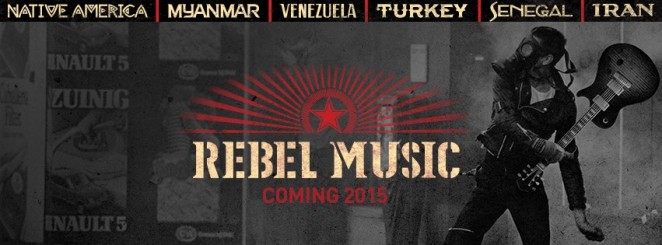Message Force Multipliers
February 12, 2015
In May 2011, Pro Publica ran an article by John Sullivan titled ‘PR Industry Fills Vacuum Left by Shrinking News Rooms’. The impetus for the article was the 2010 story of the year, the Gulf oil spill at BPs Deepwater Horizon offshore drilling platform.
Reporting from the U.S. Coast Guard hearing, New York Times investigative reporter David Barstow observed, “You would go into these hearings, and there would be more PR people representing these big players than there were reporters.”
Data from the U.S. Bureau of Labor Statistics show that as of 2008 there were three times as many PR people in the US as there were journalists–a shift from 1980, when the numbers were roughly equal. According to the American Society of News Editors, the number of newspaper reporters and editors peaked at 56,900 in 1990, and by 2011, dropped to 41,600. As media critic Robert McChesney observed, “We are entering a zone that has never been seen before in this country.”
Public Relations is now used by government and industry to influence public opinion on everything from consumerism to militarism. As a result, the number of original news stories is down, and many stories are now generated by government agencies and PR people working hand-in-hand. As a retired editor of the Washington Post remarked, the Internet makes it easy for public relations people to reach out directly to the audience.
As PR Watch reported in 2006, television news now airs video news releases created by corporate and government PR people, within broadcast stories posing as original news. Appearances on TV by PR-coached “experts” are coordinated as “message force multipliers.” Front groups funded by the oligarchy make it difficult for reporters to sort out.
As an example of the influence of PR, the health insurance industry paid the U.S. Chamber of Commerce $86.2 million to fight public health care. The Chamber, in turn, paid for ads that ran in 21 states. As the senior VP of communications at the Chamber noted, they also set up coalition groups to push the message online and in the press.
One of the areas the Chamber targets is college campuses. It even hosts video competitions on Facebook.
Video: A short film created by Henderson Shorter for Radical Media – taught by Mark Tribe at Brown University, Department of Modern Culture and Media (2009)




























